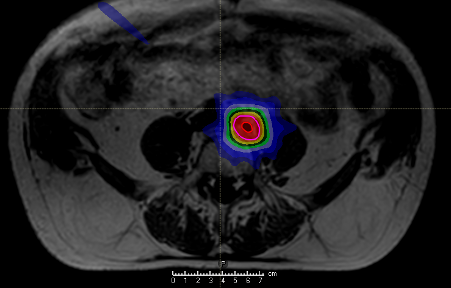
The development of increasingly precise and targeted radiotherapy has enabled us to ask new questions about the optimal management of cancer patients. We now have the ability to ablate tissue as effectively as surgery, yet paradigms of treatment remain similar to decades ago.
Stereotactic body radiotherapy (SBRT), particularly in prostate cancer, allows us to ask questions about the limits of hypofractionation – can we cure cancer in a single radiotherapy treatment? To answer this bold question we need to develop more responsive ways of planning radiotherapy, including delivering radiotherapy to the anatomy of that day, rather than historic anatomy from two weeks ago. The MR Linac project is key to this, allowing us to see the tumour while we treat for the first time.
Clonal heterogeneity has implications for treatment resistance, particularly when part of a dynamic tumour system. Radiation has the advantage of being insensitive to genetic heterogeneity and could therefore be used to eradicate a treatment-resistant clone, prolonging the time a patient responds to their current line of systemic therapy.
Dr Alison Tree is a co-investigator in several national and international trials investigating SBRT and novel radiotherapy techniques, including PACE, CORE, InPACT and PIVOTALboost. This work is run collaboratively with academics across the UK, as well as colleagues within the ICR. Dr Tree is Prostate Tumour Site Lead for the MR Linac consortium and a collaborator in the ART-NET UK collaboration.
She is module leader and lecturer for the ICR MSc in Oncology, a member of The Royal Marsden NHS Foundation Trust/ICR Committee for Clinical Research and a member of the National Cancer Research Institute CTRad organisation which seeks to promote radiotherapy research in the UK.